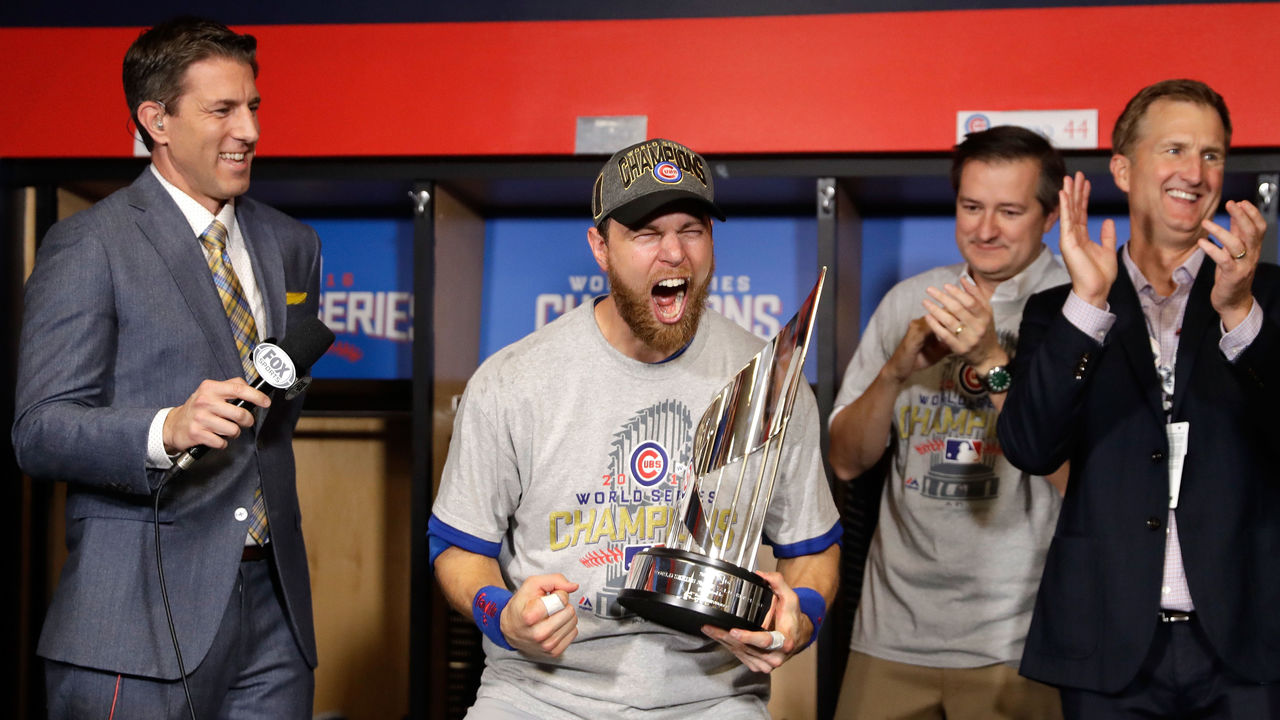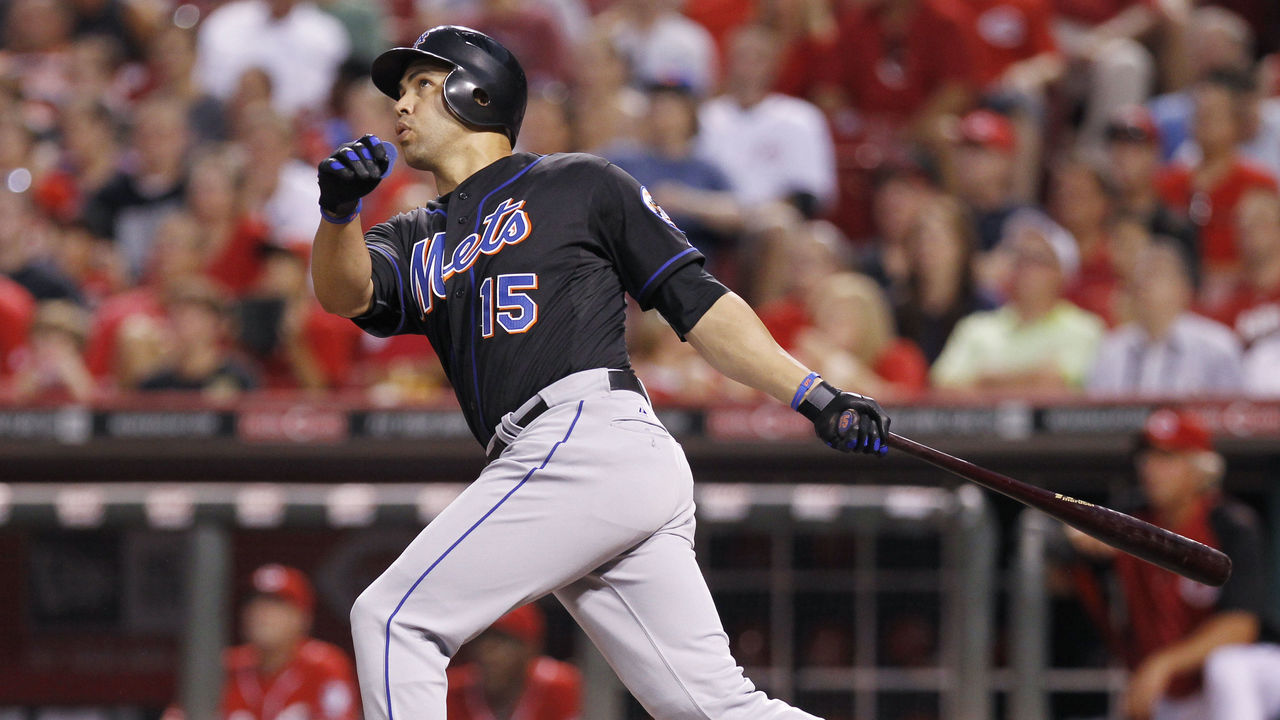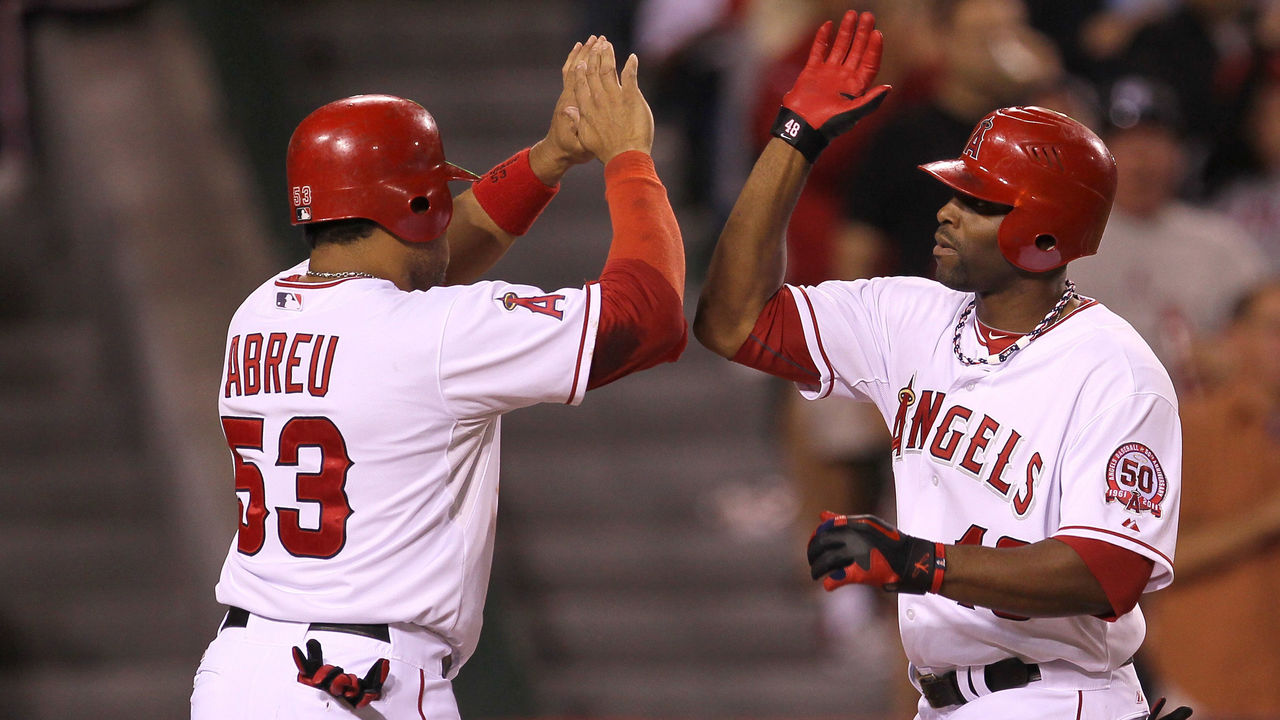Looking ahead to the 2025 Baseball Hall of Fame ballot
Now that the National Baseball Hall of Fame's star-studded class of 2024 has officially been inducted, it's time to flip the calendar ahead and prepare for the next election in January. The 2025 ballot is loaded with recognizable names set to make their debuts, including a pair of icons likely to sail into Cooperstown. And there's a good chance at least one returning candidate will also make it.
Let's forecast the 2025 Hall of Fame ballot, starting with the newcomers and who might get a phone call in six months.
Note: All WAR figures courtesy Baseball Reference unless otherwise noted.
The newcomers
First-ballot lock

Ichiro owns the single-season hit record, compiled 10 straight 200-hit campaigns, and led the majors in hits seven times. His trophy case includes two batting titles, 10 Gold Gloves, and the AL MVP and Rookie of the Year awards in 2001. He's a member of the 3,000-hit club despite not debuting in the majors until age 27. If you include his years in Japan, he recorded over 4,300 hits across 28 professional seasons. The only question is whether Ichiro will make even more history as the first position player to be elected unanimously. It's a real possibility.
Likely first-ballot inductee

Sabathia's career includes almost everything you could ask of a Hall of Fame pitcher: a Cy Young, 3,000 strikeouts, 250 wins, and playoff heroics that include an ALCS MVP and World Series ring. He was also one of the last true workhorse starters, standing out as a virtual lock for 200 innings during his prime and often putting teams on his back like a true ace. However, Sabathia's not necessarily a first-ballot lock like Ichiro, and some may balk at his rather high 3.74 ERA. Still, the combination of his on-field accolades and the respect he garnered around the baseball world should be enough. It won't be by much if Sabathia isn't elected in January.
Most intriguing newcomers

During his all-too-brief peak, "King Félix" was indisputably one of the best in the business. Hernández won a Cy Young, claimed two ERA titles, earned six All-Star berths, tallied over 2,500 strikeouts, and threw a perfect game. But his drop-off was incredibly fast, with Hernández out of the majors before his 35th birthday. He also never got the chance to boost his resume by pitching in the playoffs. Voters have often spurned short-peak, high-value pitchers, but Hernández probably did enough to at least warrant a second look. As the first true "modern" starter to hit the ballot, his upcoming candidacy could help us define what makes a Hall of Fame pitcher in today's game.
Kinsler and Pedroia, two of the best second basemen of their era, both sit in the top 20 at their position in JAWS and the top 25 in WAR. Pedroia owns an MVP and was a staple of the Red Sox during their most successful era, while Kinsler has a pair of 30-30 seasons and multiple Gold Gloves. Yet the pair fell short of the standards in many other important areas, and both missed out on 2,000 hits, usually a benchmark for expansion-era Hall of Famers (Kinsler retired with 1,999). Kinsler and Pedroia also sit well behind the pack in many other more traditional stats, meaning their cases likely rest on metrics, peak performance, or other outside factors. They could rise or fall on the ballot together.
Other notable first-timers

Martin and McCann were among the best at pitch framing and important cogs of winners at each stop. But they also had shorter careers and retired with low counting stats, even by catcher's standards. And despite ranking eighth at the position in homers and winning six Silver Sluggers, McCann's reputation as an offense-first backstop could hinder him. Zobrist's HOF case rests almost entirely on him being arguably the best true utility player in MLB history - a unique distinction but one that's hardly getting him into Cooperstown on its own. Still, Zobrist had a far better career than you might have realized and left an impact on the sport.
Granderson was a three-time All-Star, a key contributor to multiple playoff teams, and one of the most respected players of his era by peers and fans. He could get some courtesy votes, which wouldn't be out of place. Ramirez and Tulowitzki will go down as two of the biggest "what-ifs" in modern history. Both had a litany of injuries, and Tulowitzki, in particular, seemed snakebiten at times with his struggles to stay healthy. However, they also ranked among the top shortstops of the 2010s when healthy.
One and done

These players logged the required 10 years of major-league service time before retiring after the 2019 season and are therefore eligible but not guaranteed to appear on next year's HOF ballot.
If they make the ballot, they'll be unlikely to receive a single vote, let alone reach 5%. That shouldn't be viewed as an insult to their excellent careers, which include multiple All-Star appearances, championships, awards, and no-hitters, among other accomplishments. Making the ballot is a prestigious honor they should be proud of.
Position Players: Melky Cabrera, Ian Desmond, Carlos González, Adam Jones, Kendrys Morales, Martín Prado, Mark Reynolds, Mark Trumbo
Pitchers: Clay Buchholz, Francisco Liriano, Fernando Rodney, Jason Vargas
Returning Candidates
On the doorstep

Wagner was widely expected to get the call last year after a huge surge in momentum but missed induction by only five votes. That won't happen again. Between his rapidly growing support and the usual final-year bump, the best left-handed reliever in baseball history will sail past 75% in January and complete his remarkable rise to the Hall of Fame.
Getting closer

Beltrán crossed the 50% mark in Year 2 and garnered the biggest spike in support among returning candidates. It's reasonable to expect him to jump above 60% next year. It's not a matter of if Beltrán will be elected but when. Jones heads into Year 8 of his candidacy by riding a massive wave of momentum as voters have begun to understand and appreciate his unique defense-first case. Jumping up to the 65%-70% range in January is possible, which should set him up to go in alongside Beltrán in 2026 or '27.
Stuck in the mud

Ramirez and Rodriguez lost votes last year and appear to have maxed out their support as they continue to be dogged by positive drug tests that tainted their otherwise remarkable careers. It's just not going to happen for them.
Ready to rise (slowly)

Utley's candidacy was always going to need time to grow, especially in the more traditional corners of the electorate. With that in mind, he couldn't have asked for a better start. His Year 1 total is well ahead of where Todd Helton and Scott Rolen debuted, and those two were slow-rising, polarizing candidates who eventually made it. Expect Utley to get a healthy bump next year as he builds momentum toward induction by the decade's end.
Trying again

The names here certainly don't have momentum on their side and appear resigned to riding out their eligibility as down-ballot fillers. Rodríguez might have a slim chance over the long haul if Wagner's election (assuming it happens) pushes the door open for more relievers, but only if he can scrape by 5% again, which is no guarantee. It was great to see Wright get a second year on the ballot, but the longtime Mets captain is at high risk of falling off in January. Abreu, a darling of the advanced stats crowd, has a fascinating case worth studying but has lost support ahead of his final five years on the ballot. That's not a good sign.